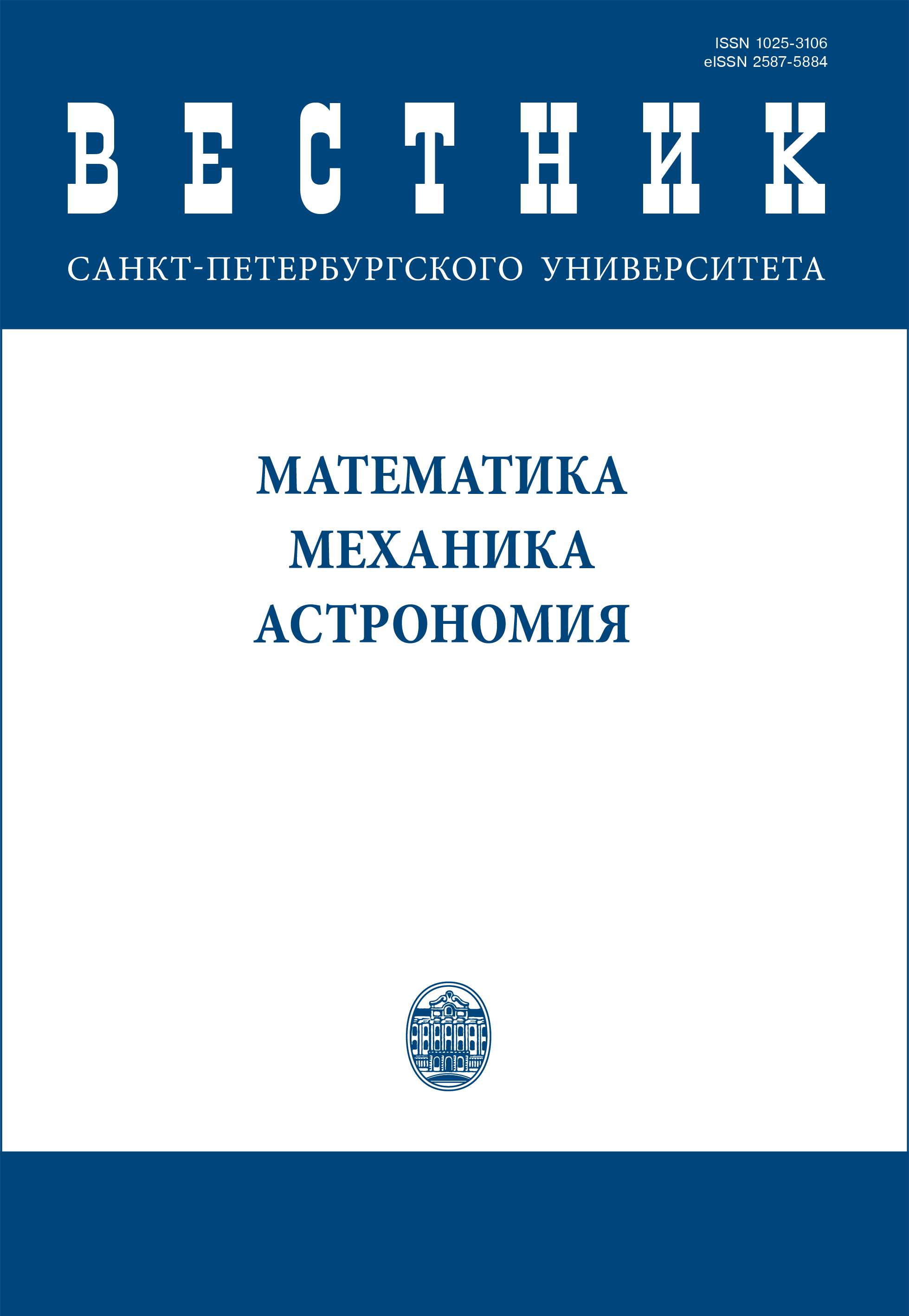Моделирование неидеальных контактов при определении эффективных коэффициентов диффузии
DOI:
https://doi.org/10.21638/spbu01.2023.405Аннотация
В работе развивается комплексный подход к учету неидеальных контактов при определении эффективных свойств различной природы: диффузионных, тепло- и электропроводящих. Под неидеальными контактами понимаются такие, при которых поля на микроуровне не являются непрерывными. Возможность создания единого подхода к учету таких контактов обусловливается подобием уравнений диффузии, тепло- и электропроводности. При этом с физической точки зрения появление неидеальных контактов может иметь разные причины, связанные как с особенностями микроструктуры материала, так и со спецификой самого процесса. Для конкретности в работе определяются эффективные коэффициенты диффузии, поскольку данный случай позволяет рассматривать в качестве причин появления неидеальных контактов как образование дефектов структуры, так и наличие характерного для массопереноса эффекта сегрегации, под которым понимается скопление примеси на границе раздела фаз. В работе обобщается и сравнивается два подхода к учету неидеальных контактов при построении моделей гетерогенного материала. В рамках первого подхода предполагается, что такие контакты могут быть учтены посредством задания скачка поля концентрации примеси или нормальной компоненты потока. При втором подходе в рассмотрение вводится неоднородность с тонким покрытием, обладающим экстремальными свойствами. Всесторонний анализ проводится на примере материала со сферическими неоднородностями. Приводятся аналитические выражения для определения тензора вклада эквивалентной неоднородности в искомое свойство, что позволяет существенно упростить процедуру обобщения разных методов гомогенизации на случай микрогетерогенного материала с неидеальными контактами.
Ключевые слова:
эффективные свойства, неоднородность, неидеальные контакты, сегрегация, тензор диффузии
Скачивания
Библиографические ссылки
Литература
References
Загрузки
Опубликован
Как цитировать
Выпуск
Раздел
Лицензия
Статьи журнала «Вестник Санкт-Петербургского университета. Математика. Механика. Астрономия» находятся в открытом доступе и распространяются в соответствии с условиями Лицензионного Договора с Санкт-Петербургским государственным университетом, который бесплатно предоставляет авторам неограниченное распространение и самостоятельное архивирование.




